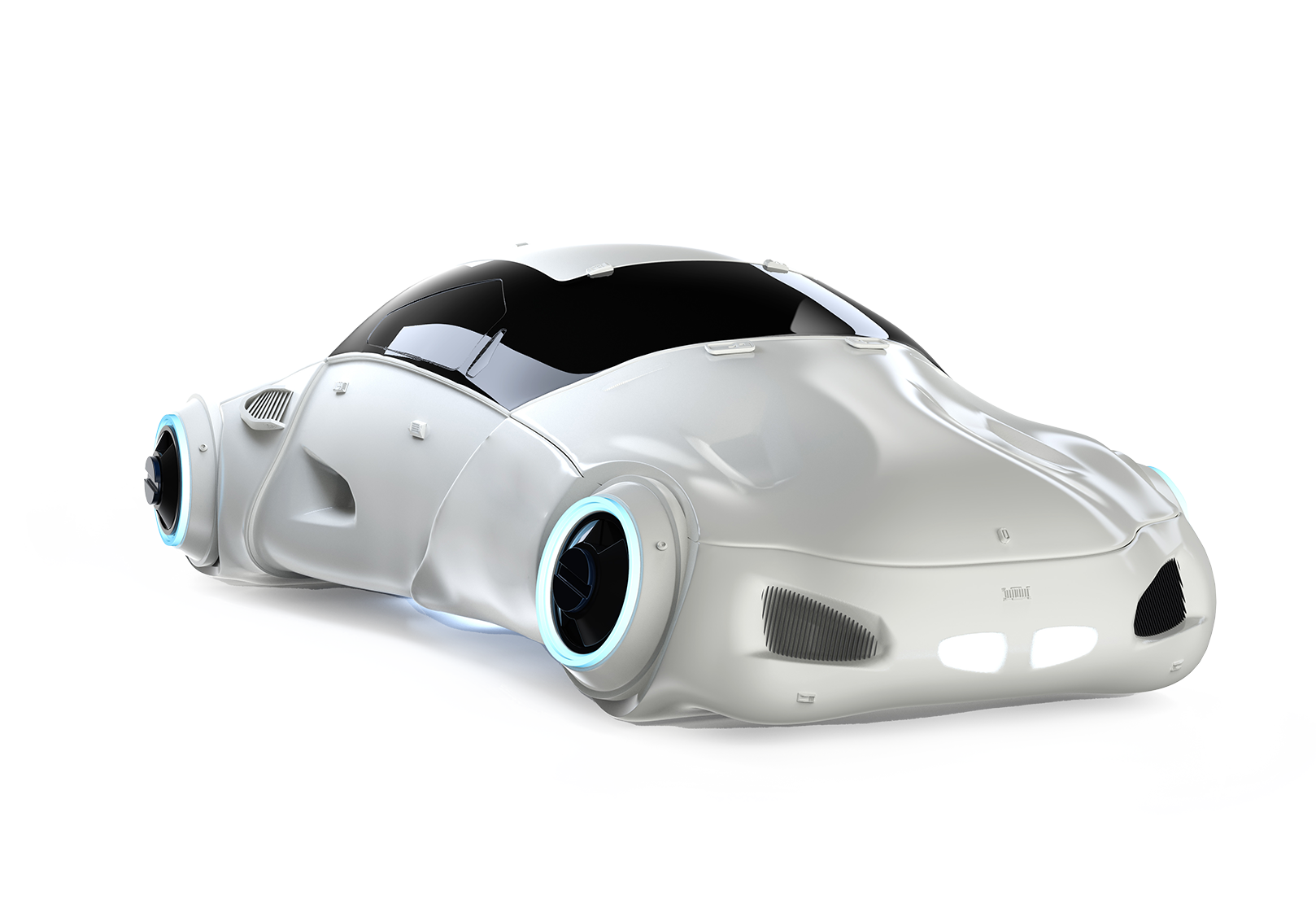Rise by Six: Your Daily Dose of Inspiration
Explore insights and stories that elevate your day.
Autonomous Vehicles: A Wild Ride Into the Future
Discover the thrilling journey of autonomous vehicles and how they’ll transform our future. Buckle up for an exciting ride!
How Autonomous Vehicles Work: A Deep Dive into the Technology
Autonomous vehicles, often referred to as self-driving cars, are engineered through a complex interplay of advanced technologies. These vehicles utilize a combination of sensors, cameras, and artificial intelligence (AI) to perceive their surroundings. At the core of this technology is a robust system that collects data from various sources, including LiDAR, radar, and visual inputs. This data is processed using real-time algorithms that enable the vehicle to navigate safely and efficiently. The use of machine learning allows autonomous vehicles to improve their decision-making over time, adapting to different driving conditions and environments.
One of the key components in making autonomous vehicles reliable is the implementation of multiple layers of safety mechanisms. These include redundant systems that ensure critical functions, such as steering and braking, remain operational even in the event of a failure. Furthermore, autonomous vehicles rely on V2X (Vehicle-to-Everything) communication to interact with other vehicles and infrastructure, enhancing their awareness of road conditions and traffic dynamics. As the technology continues to evolve, the integration of cloud computing and big data analytics is set to further enhance the capabilities of autonomous vehicles, paving the way for safer and more efficient transportation solutions.

The Future of Transportation: Benefits and Challenges of Autonomous Vehicles
The future of transportation is rapidly evolving with the advent of autonomous vehicles. These self-driving cars promise a range of benefits that could transform our daily lives. Firstly, they are expected to significantly increase road safety by reducing human error, which is responsible for a staggering 94% of traffic accidents. According to estimates, fully autonomous vehicles could prevent millions of injuries and fatalities each year. Additionally, autonomous vehicles offer the potential for enhanced mobility for individuals unable to drive, such as the elderly and disabled, allowing for greater independence and access to essential services.
However, the integration of autonomous vehicles also poses several challenges that need to be addressed. One major concern is the legal and ethical implications of self-driving technology, including liability in the event of an accident. Furthermore, there is the risk of job displacement for millions of professional drivers in freight and public transport sectors. Lastly, issues such as cybersecurity threats and the need for updated infrastructure to support autonomous technology must not be overlooked. As we navigate the future of transportation, finding a balance between the benefits and challenges of autonomous vehicles will be crucial.
Are Autonomous Vehicles Safe? Debunking Common Myths and Misconceptions
As the advent of autonomous vehicles continues to rise, so do the myths surrounding their safety. Many people believe that these vehicles are prone to accidents due to their reliance on complex algorithms and artificial intelligence. However, studies have shown that self-driving cars can actually reduce the number of road accidents caused by human error, which accounts for approximately 94% of all traffic incidents. In fact, numerous pilot programs and tests have demonstrated that these vehicles not only adhere to traffic rules but also react more efficiently to unforeseen obstacles.
Another common misconception is that autonomous vehicles are not capable of dealing with adverse weather conditions. While it's true that severe weather can pose challenges, modern self-driving technology is continually improving its ability to navigate different environments. Equipped with advanced sensors and machine learning capabilities, these vehicles can adjust their driving patterns to ensure safety, even in rain, snow, or fog. As innovations in this field progress, the reliability of autonomous vehicles is expected to enhance, further dispelling fears and paving the way for a safer driving future.